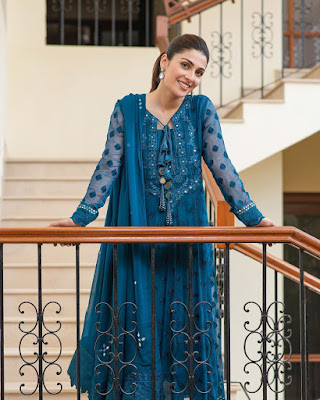by Duke Greenhill on Mashable
 Duke Greenhill is the founder and CEO of Greenhill+Partners, the premiere agency for bespoke luxury brand marketing. Duke is also available as an independent consultant and speaker at Duke@Greenhill-Partners.com.
Duke Greenhill is the founder and CEO of Greenhill+Partners, the premiere agency for bespoke luxury brand marketing. Duke is also available as an independent consultant and speaker at Duke@Greenhill-Partners.com.Echo Boomers. Generation Y. Millennials. No matter what you call them, shoppers between 18 to 29 years old are the fastest-growing luxury consumer segment. In 2011, they spent 31% more on luxury purchases than they did the year before, and they did it at full price. Compare that to Baby Boomers, who only saw a paltry 28% growth in spending, and purchased the bulk of their luxury goods on discounted flash-sale sites.
Not surprisingly, by 2015, Millennials are expected to be the largest consumer demographic and nearly a third of the U.S. population. As the founder of one of New York’s top luxury branding and marketing consultancies, I hear a lot of chatter about how luxury brands will soon have to adapt to this market change. What these statistics should really signal is the need for luxury brands to start adapting their strategies now. Below are three key shifts to keep in mind when preparing for the dawn of the luxury-loving Millennial.
Know the Difference in Value
Baby Boomers: For Boomers, it is enough to say that a product is expensive because it’s luxurious and exclusive; and it’s luxurious and exclusive because it’s expensive. Indeed, this Boomer propensity to accept that things simply are what they are is pervasive in the generation’s psychology. This is why Boomers exhibit what seems to be unquestioned luxury brand loyalty, purchasing the same premium brands over and over, saying simply, “It’s the brand I’ve always bought.” This is not at all the case for Millennials.Millennials: Millennials scrutinize brands and offer allegiance only to those whose premium price-points are justified. Unlike Boomers, Millennials demand to know the origin of luxury products — where was it made, how, and by whom?
It is no surprise, then, that superior quality, craftsmanship, and design were the top three attributes that defined luxury in a 2011 report by the Luxury Institute. This means luxury brands that want to grow their equity in the near future will have to adjust their marketing message accordingly. They will have to make emerging affluents aware of the human touch that goes into their products — the craftsmanship involved in the manufacturing process, from first stitch to final sale.
Go from Icon to “I Can”
Baby Boomers: To Boomers, much of the fun of investing in luxury is to have what others cannot afford, and to display it. Boomers view luxury as a material reward, proof that they have worked hard and earned their lifestyle. As such, luxury brand marketing messages crafted for Boomer consumers have always positioned their products as trophies, as icons of achievement and wealth.
Millennials: Generation-Y affluents desire a very different relationship with luxury brands. They have not spent a lifetime accumulating and protecting their wealth, and are still in discovery mode. That’s why affluent Millennials do not want luxury purchases to be emblematic of who they are, but rather of who they want to be. Luxury is not a symbol of achievement, but rather a promise to one’s self that “I can” achieve.
Luxury brands that wish to excel in the emerging affluent market will therefore need to craft brand stories and marketing messages that focus as much on the quest as the destination, and as much on brand values as brand value.
Understand Inclusive Exclusivity
Baby Boomers: Boomers find tremendous value in being able to engage with brands that most consumers cannot afford. They use luxury to illustrate their achievement. In short, they think of luxury brand exclusivity as the ability to say “I can and you can’t.”
Millennials: When it comes to luxury brands, Millennials have a pack mentality. For them, it’s less about “I can and you can’t,” and more about “I can and you should come along.” They see luxury value as a derivative of how many people want something, whether they can afford it or not. This means Millennials demand a very different kind of exclusivity from their luxury brands. I call it “inclusive exclusivity.”
A handful of luxury brands bold enough to take the social marketing digital dive serve as proof of the effectiveness of inclusive exclusivity. Consider Burberry, perhaps the most popular luxury fashion brand among Millennial affluents. Burberry’s revenue jumped more than 20% after including aspirational and real consumers in pioneering social campaigns such as “Art of the Trench.”
By creating an inclusive platform for brand engagement (and cultivating relationships with aspirational consumers), Burberry effectively increased its exclusivity among consumers who can actually afford their products. Luxury brands that want to remain valuable among Millennial affluents will steal a page from this playbook and begin tailoring tactics to attract aspirational and actual consumers alike. By enhancing their inclusive exclusivity, they’ll increase their brand equity.
Image courtesy of iStockphoto, kelvinjay
Source: Mashable



